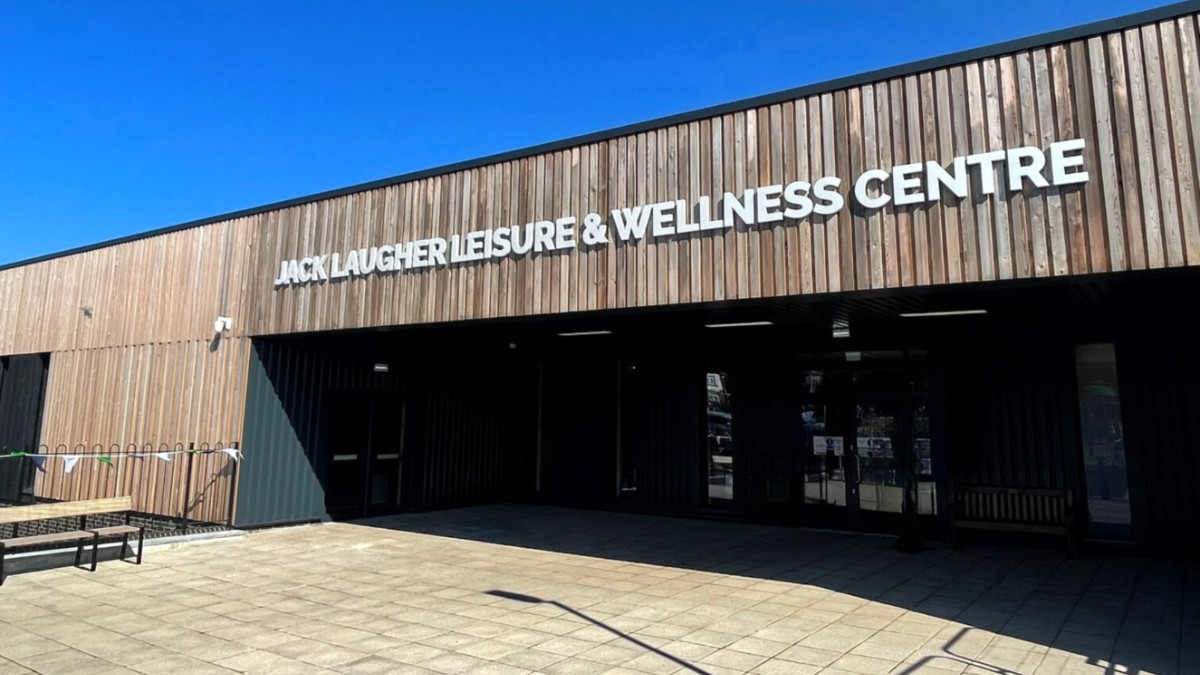Although both mortgages and bridging loans are frequently used for property purchases in the UK, there are some situations where each type of finance makes more sense.
“Secured loans” refers to both varieties of loans. Both of them demand collateral – an asset you offer as security for the loan.
Even though most borrowers probably already have some familiarity with mortgages, they might not fully understand how bridge loans function. How do they stack up against mortgages? What variations exist between the two? And when would a bridge loan be considerably more beneficial in a real estate transaction than a mortgage?
In this article, we’ll explain the key distinctions between mortgages and bridge loans and, more significantly, help you determine which sort of property financing is best for your unique situation.
Are bridging loans and mortgages the same?
While bridging loans and mortgages are similar in that both are sizable loans that can be used to finance real estate purchases, they also differ significantly in a few important ways.
While mortgages are long-term, lasting up to 30 years, and consist of monthly payments, bridging loans are short-term loans that enable borrowers to ‘bridge a financial gap’.
The standard financing option for real estate purchases is a mortgage, and they typically offer lower interest rates as well.
Why might someone require a bridging loan?
In order to evaluate whether you will be able to repay your mortgage payments in the future, mortgages may have strict borrower requirements.
So not only is the mortgage application process more difficult, but it also generally takes much longer to obtain a mortgage than a bridging loan.
When speed is of the essence and you’ve located a property you want to buy, a bridging loan might be able to help you get financing more quickly. One of the most common uses for a bridging is resolving a chain break where a buyer needs to urgently raise finance to avoid pulling out of a property chain. A recent survey from Bridging Market showed that 88.39% of people surveyed who had used a bridging loan for this purpose would do so again if the need arouse.
Money can be quickly accessible with the aid of a bridging finance broker. Depending on how complicated the case is, it can sometimes be completed within a week.
What makes bridge loans preferable to mortgages?
The pros and cons of bridging loans are many, but borrowers are likely to prefer bridge loans’ short terms as it can be used in a variety of different circumstances. And in some circumstances, it might not be possible to obtain a mortgage on a piece of property. For instance, a property won’t be considered “mortgageable” if it lacks a functioning kitchen or bathroom.
Bridge loans are frequently used by people who need to purchase a new property before their current one sells. Bridge loans are frequently used by people who must move quickly in a cutthroat market, whether they are making a home purchase or taking advantage of an investment opportunity.
The basic rule of thumb is that you can quickly get the financing you need as long as you agree to repay the loan within the next year, typically in one big sum. Therefore, a bridging loan might be a good choice if you’re downsizing or looking to flip a property.
Additionally, even if you don’t intend to sell a property to repay your bridging loan, you might be able to switch to a mortgage after you’ve made the initial purchase.
Lenders are typically less worried than they would be with a mortgage about your credit history and income as long as you have a way to repay the loan within the specified terms.
Bridging loans may also be quicker and simpler to apply for than mortgages as a result. However, this is subject to the loan’s terms, its size, and the requirements of the lender.
What benefits do bridge loans offer?
Given the right situation, bridge loans can be a great alternative to mortgages and offer a number of benefits. Financing via a bridge loan as opposed to a mortgage has a number of advantages. They include:
Speed of funding
Depending on the situation and intricacy of the loan, a bridging loan broker may be able to help you get financing in as little as one week. In contrast, the underwriting procedure, legal formalities, and a lender’s checks to fulfil their own requirements, such as credit history, job and income, etc., can all add to the length of time it takes to arrange a mortgage.
Flexibility of funding
A normal mortgage with a high street lender can be the best option for you if your circumstances are comparatively simple. However, the requirements of a high street lender may prove rigid and inflexible if you have more complicated circumstances. Private lenders are typically the only sources of bridge loans, and they frequently give more freedom in terms of usage and goals.
Cost of funding
Mortgages are occasionally a more cost-effective solution because bridging loans frequently have higher interest rates than mortgages. However, bridging loans might be able to be set up at a potential lower cost than a mortgage because mortgages are spread out over such a long period of time. Additionally, if the loan is paid off early rather than later, there are no early repayment penalties.
Eligibility
It may be simpler to qualify for a bridge loan in comparison to mortgage as bridging lenders have less strict requirements. But lending standards can differ between lenders. Before you apply, one of our knowledgeable brokers will be able to walk you through the eligibility requirements.
Empowerment
Bridge loans allow borrowers the power to take action by giving you the chance to quickly obtain financing in a fast-paced cutthroat market. Without this alternative, you might not be able to secure the perfect home or investment opportunity you’ve been eyeing.
What are the dangers of getting a bridge loan?
A bridge loan can be a much simpler option and is no riskier than any other sort of loan with the right assistance and awareness at the onset. All loans however carry a degree of risk, and bridging loans are no different.
The repayment period for bridging loans is typically much shorter than that of a mortgage because they are typically repaid within a year.
This is why having a clear exit strategy is essential when applying for a bridging loan – to demonstrate that you understand the conditions and won’t have trouble repaying your loan within the predetermined time frame.
When it comes to bridge financing, this is conceivably the most significant factor. Lenders will look at your exit strategy, which can take many different shapes, to decide whether you can repay the loan.
Three common exit alternatives are selling your former residential property, flipping it and selling it, and switching to a longer-term traditional mortgage.
And in the majority of cases, this serves as a key pillar supporting the loan’s affordability.
How much more expensive is a bridge loan than a mortgage?
Since you’ll incur some additional expenses, bridge loans are typically more expensive in the short term. These expenses typically take the form of increased interest rates or extra fees, such as origination, valuation, and underwriting fees, which are calculated as a percentage of the loan amount.
But there are many variables that can influence loan costs, and a mortgage may end up costing more in the long run due to interest rates. It therefore boils down to what best fits your current situation.
How is a bridge loan repaid?
When compared to a mortgage that is paid off monthly and at a fixed or variable interest rate, bridge loans offer flexible repayment terms.
Since mortgages are intended to be repaid over a long period of time with calculated interest rates factored into a longer repayment period, early-repayment fees will apply.
In general, bridge loans are meant to be repaid over a 12-month period. However, depending on your lender and the type of bridging loan you have, there might also be some flexibility.
Borrowers can choose to pay off their interest in one lump payment at the beginning of the term (retained interest) or the end (rolled-up interest). In a similar way to a mortgage, they might even be able to pay interest as a monthly mortgage payment.
The borrower’s exit plan, such as the sale of the property or refinancing, is how they repay the principal amount, which must be paid back in full at the end of the term.
A bridging loan broker can negotiate on your behalf and evaluate your situation to locate the ideal alternative for you if you’re seeking for more flexible possibilities.
In summary
Bridge loans are a great option for those looking to finance a residential or commercial property in a fast-paced market and where a mortgage isn’t either viable or desirable due to the requirement being short term.
This type of loan is especially attractive due to its flexibility and power it gives you to make quick decisions. However, bridge loans come with some risks that need to be taken into account, including higher cost and shorter repayment terms.
To make sure you can fully understand the loan and repayment process, it is best to consult with a financial advisor or qualified broker who understands your financial situation and can provide advice. Contact details of many regulated and unregulated brokers and lenders can be found online at the FCA or directories such as The Association Of Bridging Loan Brokers.
Professional advice will help ensure that you are making an informed decision and that the loan meets your needs and goals. By understanding the advantages and risks of bridge financing, you can be confident in taking on a loan and use it to your advantage.
Good luck!







